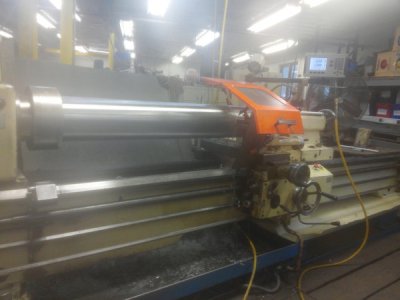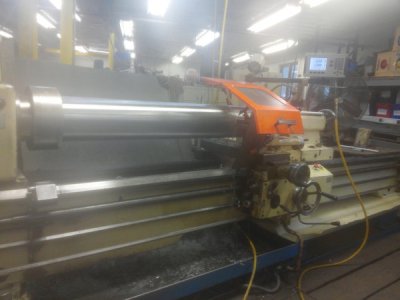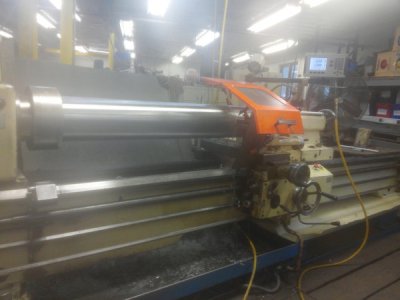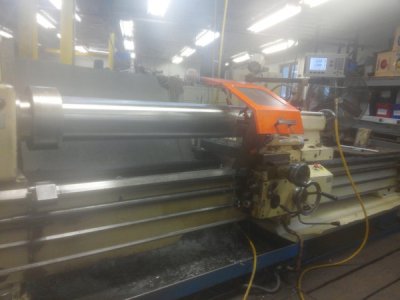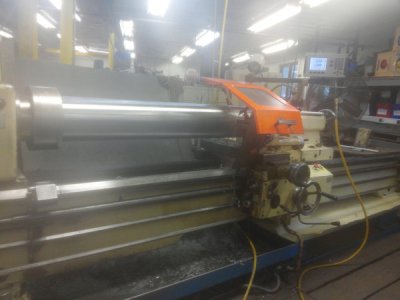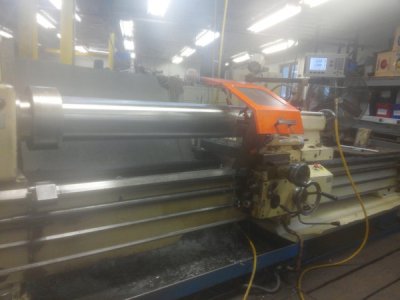- Joined
- Sep 5, 2013
- Messages
- 3,787
Something I started doing with a particularly difficult (for me) or convoluted process is jotting down a step-by-step checklist of operations. I think this might be called 'critical path' or something like that, I don't know, I just started doing it when I was behind the eight ball on woodworking projects that had to have finishing times/glue drying times factored in to my expected completion date. You know, things I might not think about taking much time but that actually do.
It's not detailed nor fancy, just a point by point list of how I envision making a particular part. I find that I'm always thinking about a project well in advance anyways, so by jotting down how I figure I'm going to do it is almost like doing mental rehearsals of all the processes. I review it, adjust the order of operations if needed, rehearse it again, etc all in my head before I even get near the machine. While I'm watching TV, having my lunch at work, whenever. It helps me to solidify what I'm going to do, how I'm going to do it, and when in the overall process I need to do it.
It's not a perfect system, and the process still stays fluid as soon as I start the work, but I find that the list does help to highlight things are maybe a bit iffy or worth having a second look about the best way to do them. And then I still screw it up, just not as bad!
-frank
It's not detailed nor fancy, just a point by point list of how I envision making a particular part. I find that I'm always thinking about a project well in advance anyways, so by jotting down how I figure I'm going to do it is almost like doing mental rehearsals of all the processes. I review it, adjust the order of operations if needed, rehearse it again, etc all in my head before I even get near the machine. While I'm watching TV, having my lunch at work, whenever. It helps me to solidify what I'm going to do, how I'm going to do it, and when in the overall process I need to do it.
It's not a perfect system, and the process still stays fluid as soon as I start the work, but I find that the list does help to highlight things are maybe a bit iffy or worth having a second look about the best way to do them. And then I still screw it up, just not as bad!
-frank

